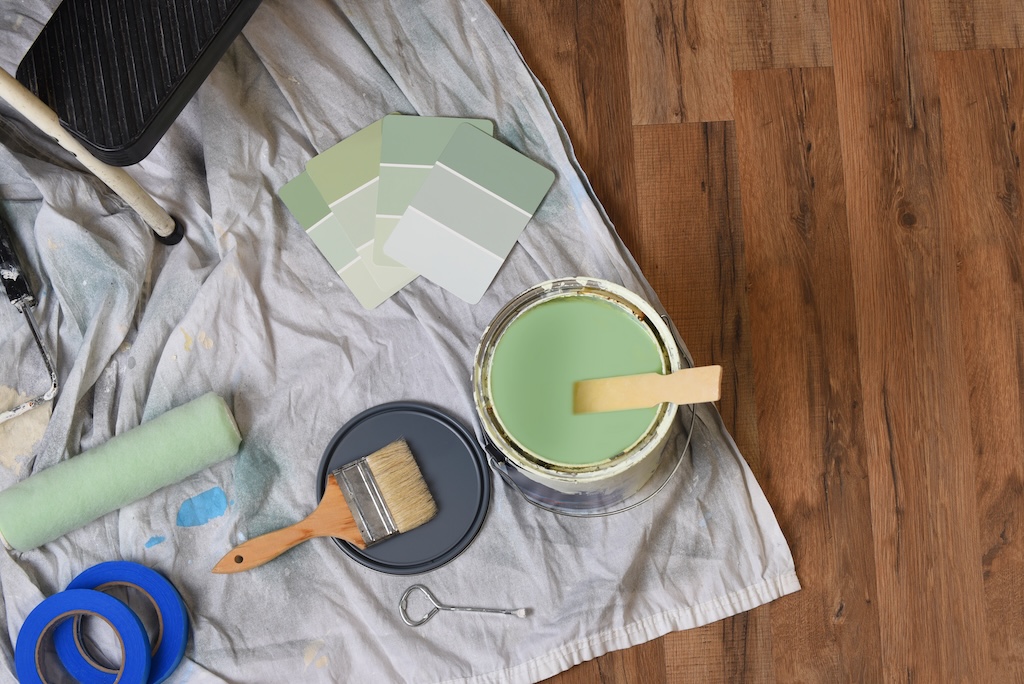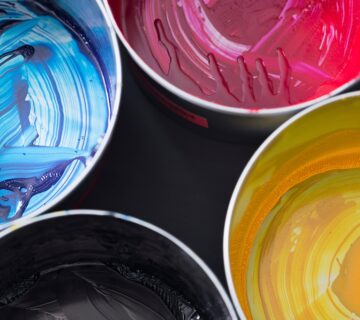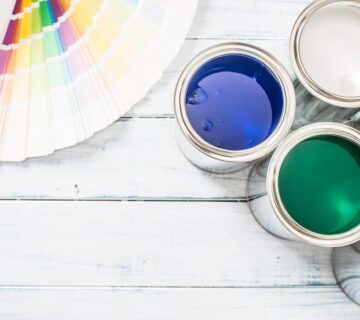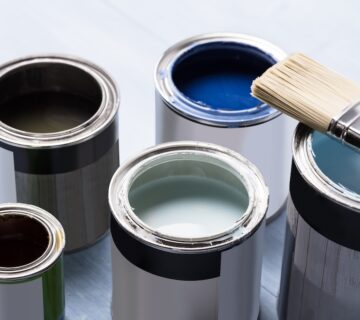When it comes to choosing paint for your home, the decision often boils down to acrylic versus latex. Both types have their pros and cons, and understanding these can help you make the best choice for your painting project. Acrylic offers durability, while latex offers ease of use. Deciding between them depends on your specific needs and the conditions the painted surfaces will face. Acrylic may be better for long-term resilience, while latex could be ideal for quicker and easier projects.
Acrylic Paint: The Pros and Cons
Acrylic paint is known for its durability and resistance to weathering. It’s a great option for exterior surfaces as it can withstand harsh environmental conditions. Additionally, acrylic paint maintains color better over time, resisting fading in sunlight. This makes it an excellent choice for vibrant, long-lasting color on your home’s facade. It is especially beneficial for areas that experience extreme weather variations, ensuring that the aesthetic appeal is maintained despite the elements.
However, acrylic paint is typically more expensive than latex. It also requires a primer and often multiple coats to achieve the desired finish. Cleanup can be more labor-intensive, as it doesn’t wash away with water like latex paint. These factors can increase the overall cost and time investment of your painting project. Additionally, the requirement for specific cleaning agents for spills and brushes might complicate the process for DIY enthusiasts.
Latex Paint: Advantages and Drawbacks
Latex paint is water-based, making it easier to clean up and more environmentally friendly. It’s less odorous than acrylic paint, which is a significant advantage for indoor projects. Latex paint dries quickly and is generally easier to work with, especially for amateur painters. Its quick drying time reduces the overall project duration. Its formulation also allows for easy application on various interior surfaces, promoting a smooth and uniform finish.
On the downside, latex paint is less durable than acrylic. It’s more prone to chipping and doesn’t hold up as well in extreme weather conditions. Latex paint also tends to fade more quickly when exposed to sunlight. Therefore, it may not be the best choice for surfaces that will be subjected to rigorous conditions. This makes it less ideal for exterior surfaces or high-traffic areas where wear and tear can quickly degrade its appearance.
Making the Right Choice for Your Home
The choice between acrylic and latex paint depends largely on the project at hand. For exterior surfaces exposed to harsh elements, acrylic is often the better choice. For interior walls, where ease of application and cleanup are important, latex paint is typically preferred. Additionally, the cost may influence your decision as budget constraints are always a consideration in home improvement projects. Consider the long-term benefits and maintenance when choosing between these options to ensure cost-effectiveness.
Remember, the quality of the finish is not just about the type of paint but also the quality of the application. Proper preparation, priming (if necessary), and application techniques are crucial for achieving the best results, regardless of the paint type. Investing time in these steps can greatly enhance the look and longevity of your paint job. A thorough approach will not only ensure a beautiful finish but also protect your investment over time.
Final Thoughts
Choosing the right paint for your home doesn’t have to be a daunting task. By understanding the properties and best uses of acrylic and latex paints, you can make an informed decision that suits your project’s needs. Whether you choose the durability of acrylic or the convenience of latex, the right paint can transform your space. And with a clear idea of the advantages and limitations of each, you’re well-equipped to make a choice that will satisfy both your aesthetic and practical requirements. The success of your project will depend on careful planning and understanding the unique properties of each paint type. For more information and guidance on your painting projects, visit our website at sisupainting.com and check out our blog at sisupainting.com/blog.





No comment